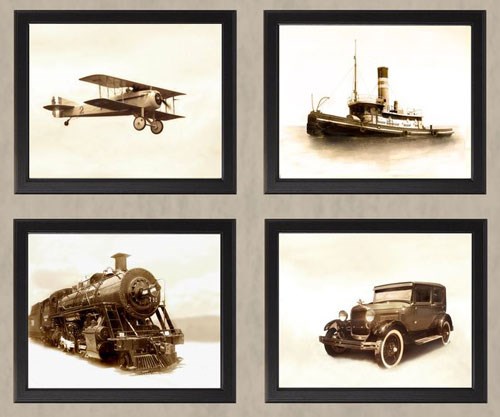
Geocache Identification Permit Approval Number: AMSP20190907030
Permit Expires on: 09/07/22
The "Morris Canal History Tour" series of caches are placed along the canal towpath in partnership with the Waterloo Village Historic Site and the Canal Society of New Jersey to showcase the important early transportation across New Jersey. The Morris Canal connected the Delaware and Hudson Rivers and facilitated development of cities and industry in New York and New Jersey.
At the close of the American Revolution, the United States population was centered on the Atlantic coast, with all major population centers located on a natural harbor or navigable waterway. Water and river transportation were central to the national economy, while most overland transportation was by horse, which made it difficult to move large quantities of goods. At the time, roads were privately built. Early toll roads were constructed and owned by joint-stock companies that sold stock to raise construction capital.
In the late 18th century and early 19th century, economic expansion spurred the building of canals to speed goods to market. With canals, the cost of freight transport could be cut by up to 95%. Although canals offered tremendous advantages over land shipment, however, they could not compete with the efficiency and flexibility of the railroad. By the mid-19th century, the canal boom came to a sudden end by the rapid expansion of railroads, which provided a quick, year-round, and safer mode of transport.
 Modes of Transportation
Modes of Transportation
The Great Depression of the 1930s, along with improved highways, automobiles and trucks, plus the American preference for road travel over rail, brought about severe alterations to traditional railroad service. Passenger travel and service declined, despite the last valiant effort of the railroads to provide competitive high-speed service in the mid-1930s. The railroads' freight-hauling operations also changed drastically but did not die. Instead of hauling just about every item used in daily life and making deliveries to every small town and whistle stop, the post-World War II freight train became a specialized long-distance carrier of containers and commodities such as grain, chemicals and coal.
In 1956, President Dwight Eisenhower signed the Federal-Aid Highway Act that created a 41,000-mile “National System of Interstate and Defense Highways.” Since then, the Interstate System has been an integral part of the American way of life. Interstate 80 (I-80) is a major Interstate Highway, running from the New York City Metropolitan Area westward to San Francisco, California. The freeway was built across New Jersey in various stages from the 1960s to 1973. Along this section, Interstate 80 handles over 100,000 vehicles/day.
At this location, old meets new with Interstate 80 subsuming the decommissioned Morris Canal. Only 1/2 mile to the east, the rail line for New Jersey Transit commuter trains follows a route originally cut by the Lackawana Railroad.